Smoothie maker purchasing advice: how to choose the right product
- The most important facts in a nutshell
- Smoothie blenders allow you to prepare fresh, vitamin-rich fruit and vegetable smoothies every day.
- There are various models, which differ mainly in terms of performance.
- The containers are made of glass, plastic or stainless steel and often have a practical handle.
- Smoothie blenders can only be used safely if they are robustly made and stand on a flat surface.
A portion of vitamins every day
Smoothies, the delicious, creamy drinks made from fresh fruit or vegetables, have been in vogue for years and have lost none of their popularity to this day. Smoothies provide you with many important nutrients every day. The fruit mixes can also be made with a conventional stand mixer or hand blender, but these quickly reach their limits. After all, a smoothie contains, among other things, the particularly healthy plant substances that are rich in fibre and cellulose – and these cannot be optimally processed by simple blenders. With firmer types of fruit and vegetables, the smoothie result is also not satisfactory. It can even happen that certain plant fibres wrap themselves around the blades and block the blender. This makes the consistency of the smoothie rather tough and fibrous. With smoothie blenders, making a smoothie is a breeze. Depending on the model and performance, the kitchen appliances chop all ingredients.
The main thing is “smooth
The term smoothie is derived from the English word “smooth”, which means soft, smooth or supple, and describes its consistency.
Many good reasons for a smoothie
Smoothies are a treat at any time of day: in the morning for breakfast, as a lunch substitute, for a fresh kick in the afternoon, as a health-promoting snack in the evening, on the go during sports or during an excursion. Depending on what you are in the mood for or what you want to do for your health, you can always vary the fresh ingredients. Of course, supermarket chains have also joined the trend, but the industrially produced drinks from the refrigerated shelves cannot be compared to the fresh versions made in the kitchen at home. If you mix your own smoothie, you know exactly what is in it. Although the preparation involves work, such as washing, peeling and cutting fruit or vegetables, homemade is always the best choice. In addition, you avoid packaging waste.
Pro points
- Always fresh ingredients
- Healthier than ready-made smoothies
- Many variation possibilities
- Waste avoidance
Drawbacks
- Effort required for preparation and cleaning
How are smoothie blenders constructed?
As a rule, smoothie blenders consist of a sturdy stand in which all the electronics are located. On top of the base is a container that is screwed into place. The container is either made of glass or plastic, sometimes also of stainless steel. If you choose the plastic version, you should make sure that it is free of bisphenol A, i.e. BPA-free. Depending on the model, the container has a different capacity and a removable lid. At the top of the base is the “nut” that turns the rotating blade at the bottom of the container. The rotating motion of the blade finely chops the ingredients and blends them into a smooth puree. The knife is usually star-shaped, has three to six blades – sometimes eight – and is made of stainless steel. Some models are even able to crush ice cubes.
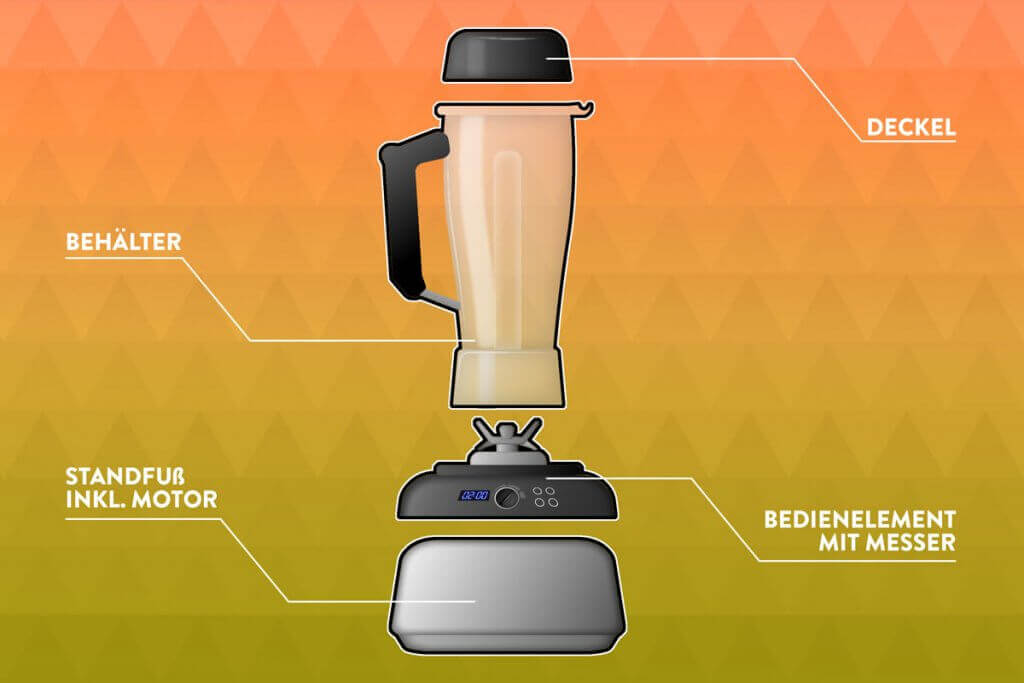
Finding the right model
If you use a smoothie maker only occasionally, different models come into question than in the case of daily use. The capacity plays a key role here: with a large container, you can blend a day’s supply, while a small container is practical if you want to try out different smoothies every day or prepare a drink for on the go. If you are keen to experiment and love variety in terms of ingredients, you should look for quality, robustness and, above all, high performance. Your expectations of the result are also relevant, because the more powerful the appliance, the finer, creamier and creamier the smoothie will be. In addition, there are models that are equipped with all kinds of accessories and differ in design despite similar construction.
Leading brands
WMF | AEG | Severin | Vitamix | Bosch | Russell Hobbs | Nutribullett | Arendo
Performance
The performance and rotation speed of the blade have a direct influence on the quality of the smoothies. The most relevant factors here are the wattage and the revolutions per minute. The expensive high-performance appliances are also called professional blenders and are often used in the catering industry. They achieve up to 40,000 revolutions per minute at a power of 1,000 to 2,000 watts.
Thanks to the high rotation speed, the devices can grind all smoothie-suitable ingredients – even almonds, fibrous vegetables and ice. This gives them a much finer result, but they are quite noisy. The advantage is that the vital substances surrounded by the cellulose are broken up better – otherwise the smoothies would be less beneficial to health because the vital substances could not be absorbed by the body as effectively.
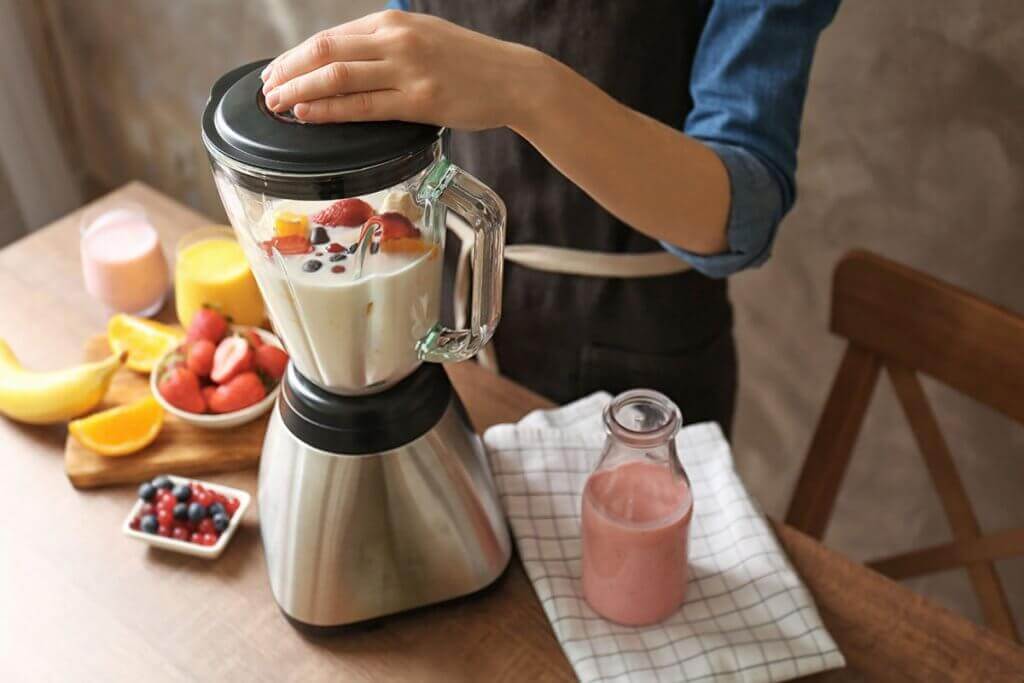
In addition to high-performance blenders, smoothie blenders are divided into entry-level, mid-range and mini stand mixers. While the simpler models often only achieve 12,000 revolutions per minute, the more powerful models reach up to 20,000 revolutions per minute. The smallest models have an output of about 300 to 500 watts.
A model for the rough stuff
If you want to blend smoothies on a daily basis, a high-performance blender definitely makes sense. The advantage compared to conventional blenders is that you can put all the ingredients, for example ice, harder fruits or vegetables and hard shell fruits, into the appliance and start it straight away. The high-performance blender chops all ingredients in one pass. With other versions, you have to add the coarser ingredients gradually so that they do not get caught in the blades.
Capacity of the container
The capacity of the smoothie container depends on the model chosen and is usually between 0.5 and 1.0 litres. Gastronomy appliances or blenders for a family of several have a capacity of up to two litres. Extra or “to-go” cups, which can be placed on various blender models, also vary in capacity, but usually hold about 0.5 litres.
Types
The types of smoothie blenders do not vary too much, as the devices mainly differ in terms of features and performance. Nevertheless, they can be categorised into two types:
Stand smoothie blenders
These larger models are available in different performance classes and with different features. The more expensive devices are usually the most powerful, particularly robust and equipped with various functions. They also offer accessories such as cups in different sizes for at home or on the go.
Mix & Go blender
These devices are usually smaller, not as powerful and have an integrated “to-go” cup for on the go. With some models, an extra blade must be attached for the cup. After the blending process, it is removed again and the cup is closed with a lid. The principle is very practical because the smoothie does not have to be decanted after blending.
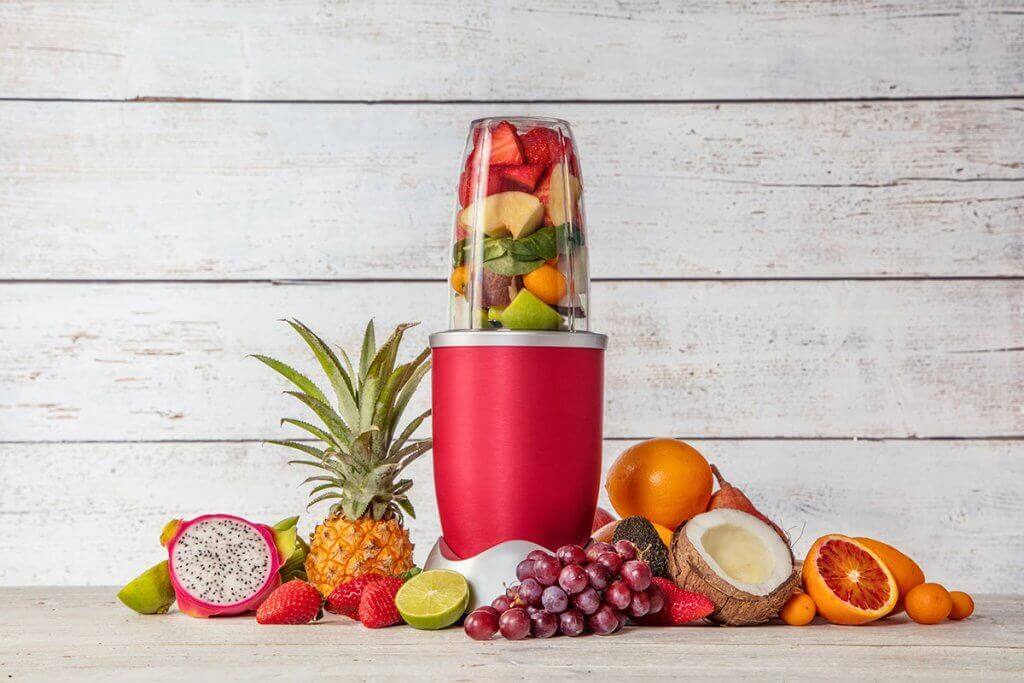
Handling and safety
Operating a smoothie maker is uncomplicated. High-quality appliances have different speed levels that you can select manually. The levels and programmes are based on the hardness and consistency of the different ingredients. Some blenders start automatically as soon as you have fixed the container; others you have to switch on manually. Since the motor of the appliance is located in the stand, smoothie blenders are particularly stable. Stability is also required during the process, which is why you should additionally fix the appliance with your hands. Most blenders have non-slip rubber feet on the bottom for additional stability.
To ensure that the mains cable does not get in the way before, during and after the blending process, some appliances have a practical cable rewind. In addition, most models have a safety mechanism: they can only be switched on when the container is fixed. In addition, most appliances have an overheating protection that automatically switches off the blender as soon as the motor gets too hot.
Optional accessories
Manufacturers are always coming up with new, clever additional features – for example, a “keep-cool bottle” that allows you to keep your smoothie cool while on the go. Many models also come with several blender jars of different sizes, including matching lids or caps. The number of programme and speed levels varies depending on the appliance. The higher the quality of the blender, the more choice you usually have here.
Caution when blending
All containers are equipped with a lid. Since this can usually be removed during use, you should always keep one hand on the lid during the blending process so that it does not fall off. Otherwise, liquid could splash out of the container. In the worst case, there is even a risk of injury, for example if the container tips over and you come into contact with the blade.
How do I clean a smoothie blender?
Some containers and cups are dishwasher-safe, while others you have to wash by hand. If the container is not allowed in the dishwasher, it is advisable to wash it immediately after use under warm water and, if necessary, with a little washing-up liquid. As the motor is located in the housing, you should not hold this under running water. Instead, take a damp cloth and specifically remove any stains on the stand.
Tips and suggestions for preparation
The daily recommended amount of fruit and vegetables is five handfuls to provide the body with optimal nutrients and vitamins. Admittedly, it is often difficult to keep up with this in everyday life. Drinking a smoothie, however, makes it comparatively easy to meet this recommended requirement, as there are already plenty of fruits and vegetables in one glass.
Smoothies with fruit
The choice of fruit varies depending on the season. For a smoothie for breakfast, bananas are particularly suitable as a filling base. Apples, mangoes, kiwis, pears or even pineapple can be combined with them. Berries, grapes, papayas, apricots, peaches, nectarines and melons are also popular fruits. Out of season of a particular fruit, frozen products are a good alternative. However, you should avoid canned fruit, as it contains hardly any vitamins, but often sugar and preservatives.
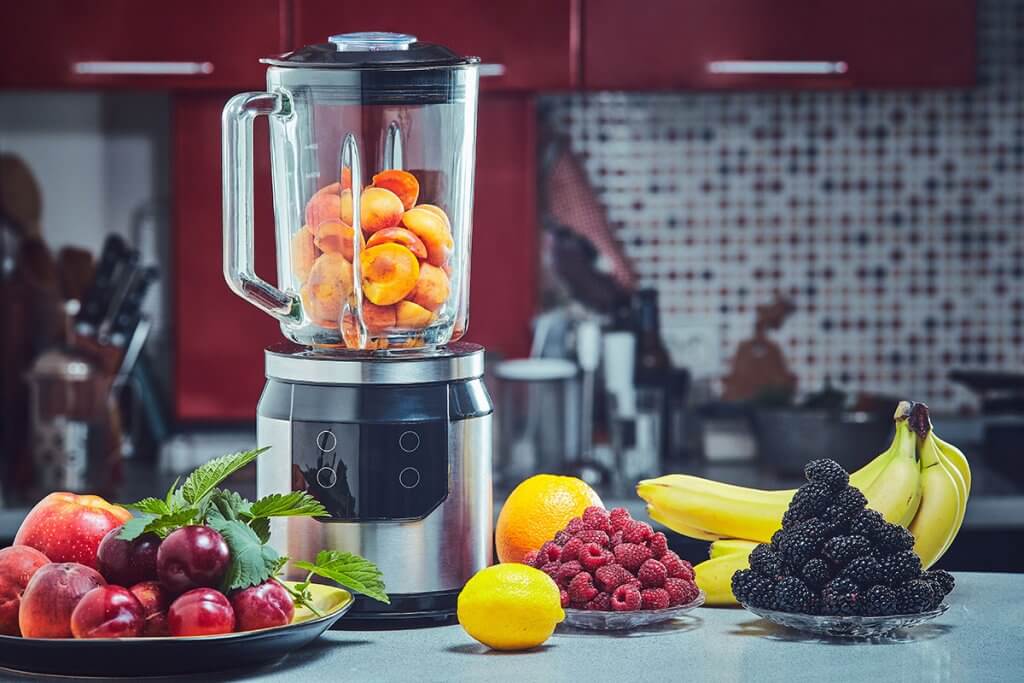
Smoothies with vegetables
Vegetables such as cucumber, celery, spinach, beetroot, chard or rocket can be used here. In addition, kale, lamb’s lettuce and Brussels sprouts can be used. You can combine the basics with herbs such as parsley, basil, mint, coriander, dandelion, watercress or sprouts. Pure vegetable smoothies are admittedly very popular. However, if that is too tart for you, you can also add a pear or an apple. Green smoothies in particular are considered healthy because they have few calories but lots of vitamins and fibre.
For the sake of the environment
It is always best to use seasonal and regionally available fruits. If you buy strawberries in winter, you can assume that they are imported and have long delivery routes behind them. In addition, regional fruit and vegetables, at best even from organic sustainable cultivation, taste more intense.
Adding liquids
To avoid ending up with a viscous porridge, you should always add some liquid. Water is particularly suitable for this purpose, but coconut water, plant milk or whey are also frequently used. The amount of liquid depends primarily on your preference for the consistency of the smoothie and the amount of fruit and vegetables you are processing.
Adding sweeteners
If the smoothie is not sweet enough for you, you can use sweeteners. Honey, maple syrup, agave syrup and also peanut butter or almond paste are suitable here. Dates or figs also sweeten smoothies. With fruit-only smoothies, however, you should bear in mind that fruit is naturally sweet and has a high fructose content, so adding other sweeteners is not really necessary. Pure vegetable smoothies, on the other hand, are usually very tart and can be lightened somewhat in flavour by sweeteners. Ideally, refrain from adding industrial sugar.
For that extra kick
Here you can combine to your heart’s content. For example, you can add some fresh ginger to support the immune system. Cocoa, cinnamon, linseed and nuts also refine the taste of a smoothie. If you want to replace a meal of the day with a healthy smoothie, you can add fine oat flakes or chia seeds, as these provide long-lasting satiety. Many vitamins are also better absorbed by the body in combination with oil. So, for example, add a dash of olive oil to the glass at the end before drinking the smoothie.

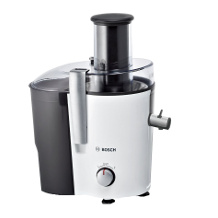
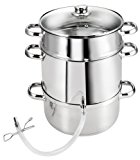
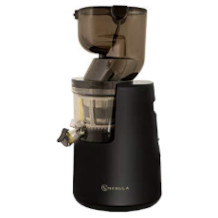


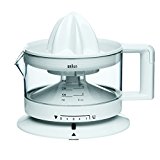
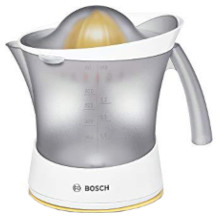
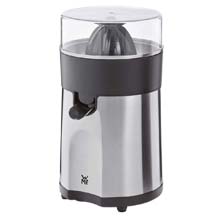
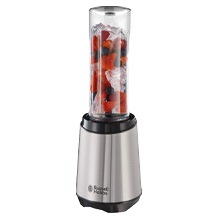
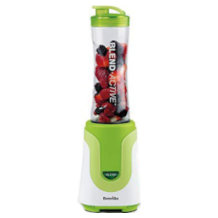
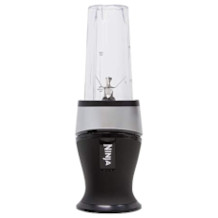
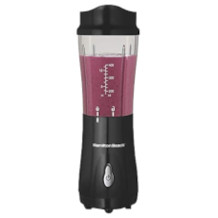
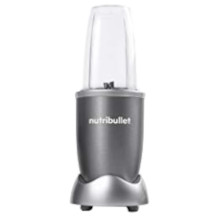
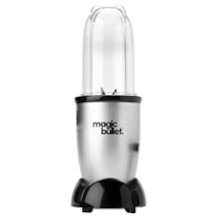
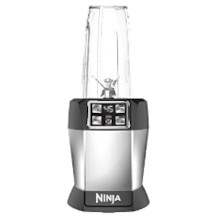

 9,869 reviews
9,869 reviews